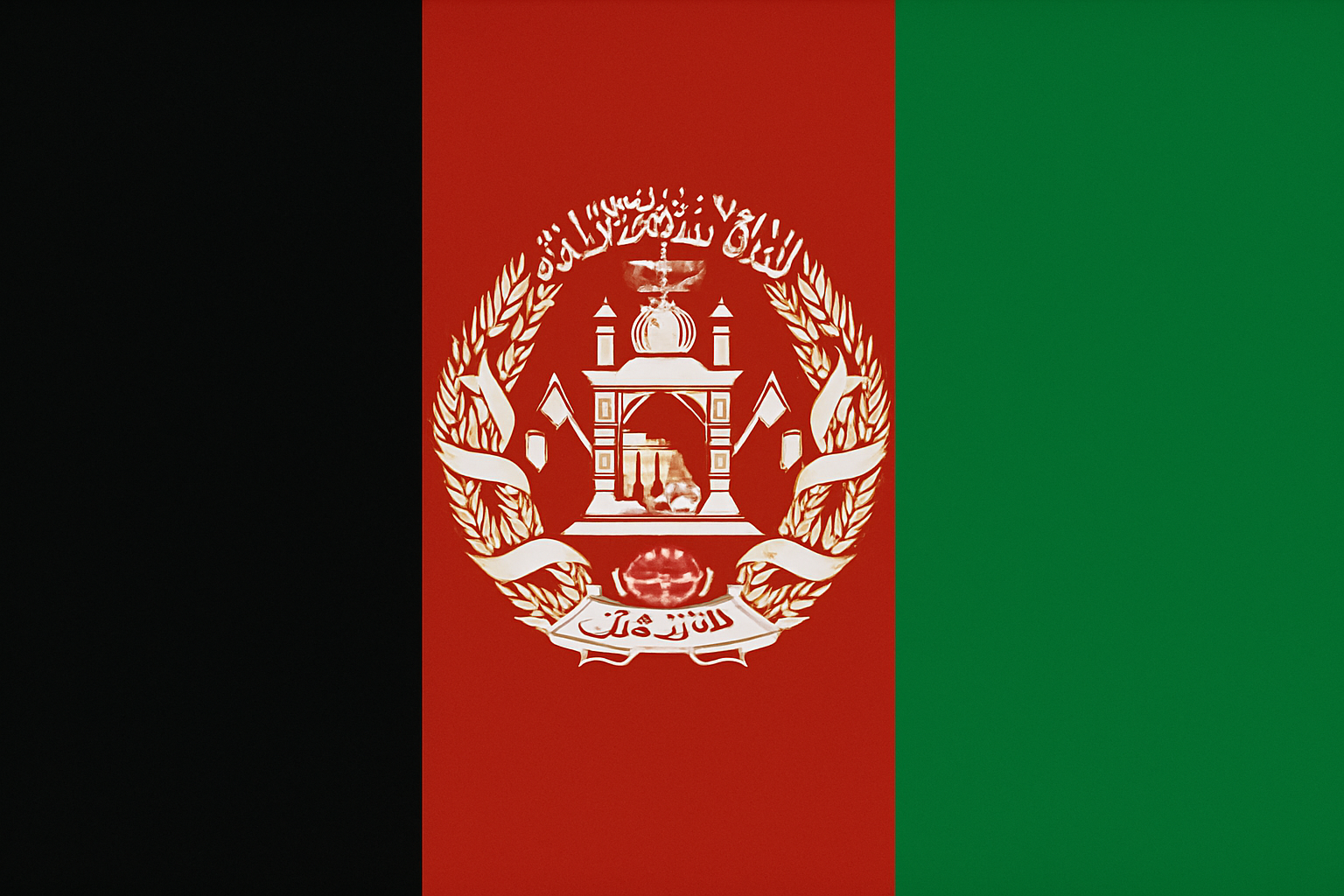- Taliban rule and political landscape
The Taliban government returned to power in August 2021 and is still in power in 2025. The Taliban government enforces strict Islamic law in the country.
However, international recognition is still limited — no major Western country has yet officially recognized the Taliban government.
Internal conflicts: The Taliban in Afghanistan are also divided. There is a dispute over influence between the Kandahar group in the southwest and the Haqqani network in the east.
Women's rights crisis: Widespread restrictions on women's education, employment, and free movement remain in place, further worsening the country's social conditions.
Human rights situation: The United Nations and international human rights organizations have published multiple reports on human rights violations in Afghanistan.
- Economic situation
The economy is on the verge of collapse.
With international aid cut off, the government relies on its own funds and some limited tax collection.
Smuggling (especially opium) and border trade occupy a large part of the economy.
Poverty among the general population has increased and food insecurity has reached alarming levels.
- Regional Relations
Relations with China and Russia: The Taliban government has signed agreements with China on mineral resources, especially lithium mines. Some trade agreements have also been reached with Russia.
Tensions with Pakistan: Although Pakistan has historically been a patron of the Taliban, there are now tensions between the two countries over border security and the Tehreek-e-Taliban Pakistan (TTP) issue.
Relations with Iran and Central Asian countries: There is partial cooperation, but there are also minor conflicts over the border.
- The condition of the Afghan people
Hunger, unemployment and poverty are increasing across the country.
Many Afghans are still trying to leave the country — especially towards neighboring Iran, Pakistan and Europe.
The lives of women and minorities are most at risk
- Political Structure and Government
The Taliban government still maintains an 'emirate' model, in which the Amir-ul-Momineen (Taliban Supreme Leader) retains all power.
No elections have been held and no democratic process has been introduced.
Taliban-appointed governors and judges rule in various provinces, none of whom are accountable to the people.
The Taliban have not drafted a new Afghan constitution; the old 2004 constitution has been abrogated and Sharia-based law has been implemented.
- Terrorism and Security Situation
IS-Khorasan (ISIS-K) has become a major threat to the Taliban in Afghanistan.
IS-K has been regularly carrying out attacks targeting Taliban forces, mosques, and minority groups (especially the Hazara Shia community).
Neighboring countries, especially China, Iran, and Central Asian countries, are concerned about the activities of international terrorist groups (Al-Qaeda, Tehreek-e-Taliban Pakistan, etc.).
Afghanistan is now largely considered a "safe haven for terrorists," which could lead to a repeat of the situation that existed before 2001.
- Humanitarian Crisis
According to the United Nations, about 60% of the population of Afghanistan is dependent on humanitarian aid.
Food shortages in rural Afghanistan are so severe that many families are forced to sell or force their children into marriage.
The health system is almost collapsed; hospitals are severely lacking in medicines and medical supplies.
- Status of Women and Minorities
Secondary and higher education for girls is completely banned in most places.
There are also severe restrictions on female employment; women are unable to enter the workplace except in NGOs or health care.
Hazaras, Tajiks, Uzbeks, and other ethnic minorities continue to face discrimination under the Taliban government.
- Response and Resistance of the Afghan People
Small local resistance has begun in some areas, especially in the Panjshir Valley (historical stronghold of the Northern Alliance).
Afghan diaspora abroad are forming political organizations that aim to organize a larger movement against the Taliban in the future.
Silent resistance is evident within the country — through clandestine schools that continue education, secret networks of women's rights activists, and so on.

